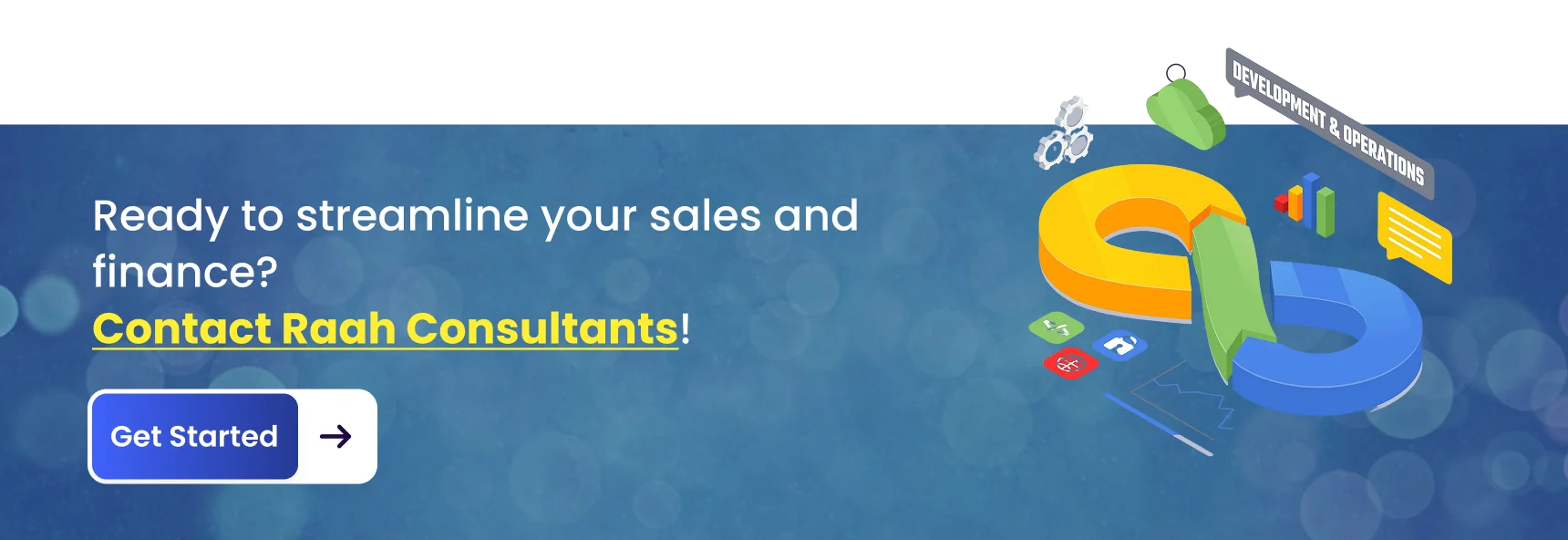
Salesforce–QuickBooks integration bridges the gap between sales and finance by automating data sync, invoicing, and customer updates in real time.
Quick Summary
Salesforce–QuickBooks integration bridges the gap between sales and finance by automating data sync, invoicing, and customer updates in real time. This guide explores the benefits of connecting these two systems, such as faster cash flow, fewer errors, and better forecasting. You'll also learn about integration methods—native, third-party, and custom—along with tools like Breadwinner and Zapier. Whether you're a SaaS startup or an enterprise, streamlining your quote-to-cash process has never been easier.
Introduction: The Disconnect Between Sales and Finance
The Disconnect Between Sales and Finance
Let's face it — your sales team closes deals, and your finance team crunches numbers. But if they're not talking to each other, chaos brews. Invoices get delayed. Numbers don't match. Forecasts go sideways. It's like trying to drive a car where the wheels turn but the engine stalls.
Salesforce and QuickBooks: The Power Combo
Salesforce is the go-to CRM for scaling businesses. QuickBooks rules the accounting world. But on their own, they're just powerful silos. Together? They become a lean, mean, revenue-boosting machine.
What You’ll Learn
This guide is your blueprint to syncing Salesforce with QuickBooks. From integration methods and tools to real-world results and expert advice, we've got you covered.
Key Takeaways
Integrating Salesforce with QuickBooks reduces manual data entry and invoice delays.
You can choose from native connectors, third-party tools (like Breadwinner, DBSync), or custom APIs.
Real-time data sync improves cash flow visibility and team collaboration.
Common challenges include data mismatches and permission controls—but they can be managed with best practices.
A Salesforce consultant can help plan, execute, and optimize the integration for scalability.
Why Integrate Salesforce with QuickBooks?
Departmental Misalignment Hurts Revenue
When your sales and finance teams use separate systems that don't talk, expect friction. Sales closes a deal—but finance doesn't know until next week. That's wasted time and missed opportunities.
Double Data Entry Is a Productivity Killer
Manually copying customer info or deal amounts from Salesforce to QuickBooks isn't just tedious—it's dangerous. One typo, and you've billed the wrong client or misreported your revenue.
Delayed Invoicing = Cash Flow Problems
The longer it takes to create and send an invoice, the longer you wait to get paid. Integration ensures that as soon as a deal closes, the invoice goes out—automatically.
Real-Time Visibility Helps Everyone Win
Finance needs to see what's coming down the pipeline. Sales wants to know which clients are behind on payments. Integration creates a 360° view for both.
Key Benefits of Salesforce–QuickBooks Integration
1. Instant Invoicing & Faster Payments
When Salesforce updates trigger automatic invoice creation in QuickBooks, you drastically reduce time-to-cash.
2. Always-Synced Data
No more "which system is right?" headaches. Customer records, payment history, and product details stay aligned.
3. No More Human Error
Automation means fewer mistakes—no duplicated contacts, no billing mishaps, no forgotten discounts.
4. Better Forecasting & Reporting
When data is centralized, your dashboards become goldmines. Forecasting becomes accurate, and reporting becomes instant.
5. Full Quote-to-Cash Automation
From quote generation to final payment, your entire revenue flow becomes seamless and traceable.
Popular Use Cases
Auto-Generated Invoices
Close a deal in Salesforce, and QuickBooks instantly generates and sends an invoice. Magic.
Customer & Payment History Sync
Sync customer contact info, transaction history, and payment status across both platforms.
Real-Time Pipeline for Finance Teams
Give finance visibility into future revenue with synced deal stages and values.
Subscription Billing Automation
Recurring payments for SaaS or service-based businesses? Automate it all with the right setup.
Integration Options: Native, Third-Party & Custom
Native Connectors
Some Salesforce editions offer built-in QuickBooks connectors. They're plug-and-play but often limited.
Pros:
Quick setup
Low cost
Cons:
Minimal customization
Not scalable
Third-Party Tools
Here are some of the most popular integration tools:
| Tool | Features | Best For |
| Breadwinner | 2-way sync, invoicing, robust UI | Mid to large businesses |
| Zapier | No-code automation | Simple tasks and startups |
| DBSync | Real-time sync, custom mapping | Complex enterprise needs |
| Workato | AI-powered automation | Enterprise automation at scale |
Custom API Integration
When nothing off-the-shelf fits, go custom.
When to Choose This:
You have complex workflows
Security and compliance are critical
You're syncing multiple systems
Consultants Matter:
Certified Salesforce developers ensure smooth, scalable, and compliant integrations. No guesswork.

Implementation Steps
1. Set Your Goals
What do you want to sync? Invoices? Contacts? Payments?
2. Pick the Right Integration Method
Native vs Third-Party vs Custom
3. Map Your Data Fields
Make sure Salesforce fields match QuickBooks ones—accurately.
4. Set Your Sync Rules
Do you want real-time updates or daily syncs?
5. Test Everything
Run trial syncs to catch bugs early.
6. Train Your Teams
Show your sales and finance teams how to use the new system effectively.
Common Challenges & Fixes
Data Mismatches
Fix: Use validation rules and regular audits.
Downtime During Sync
Fix: Schedule syncs during off-hours; use alert systems.
Access & Permissions
Fix: Role-based access control for sensitive data.
Long-Term Maintenance
Fix: Regular updates, backups, and monitoring.
How a Salesforce Consultant Can Help
At Raah Consultants, we specialize in seamless Salesforce-QuickBooks integrations.
Strategic Integration Planning
Define what, when, and how to sync.
Custom Development
Build connectors tailored to your workflows.
Audit & Compliance Support
Keep your integration safe and finance-friendly.

Conclusion: Ready to Connect the Dots?
Salesforce and QuickBooks are powerful alone—but together, they're unstoppable. Integration is no longer a "nice-to-have"—it's a must. Save time, reduce errors, and boost cash flow with automation.
So, are you ready to connect the dots?
Frequently Asked Questions
Breadwinner, DBSync, and Zapier are top-rated depending on your budget and needs.
Yes, most tools offer encryption, secure APIs, and role-based access.
Anywhere from 2 days (for simple setups) to 4 weeks for custom integrations.
Not necessarily. Tools like Zapier offer no-code solutions, while complex needs may require developers.
Absolutely. Field mapping is standard in most integrations.